Frustrations are mounting in Congress over the limited insight lawmakers and the public have into the Navy’s future fleet, and the service now faces fiscal consequences in upcoming defense bills.
In the short term, the Navy hasn’t been able to deliver an approved 30-year shipbuilding plan or its new vision for its future fleet to Congress. The reports were held back due to a last-minute review from Pentagon leadership over cost concerns, leaving the Hill unable to conduct oversight into the Navy’s shipbuilding plans.
“We have been promised by the Department of the Navy an updated force structure assessment, late in 2019, then early in 2020, then a little later in 2020. And now, again, we to this day still have not received an updated force structure assessment. In addition, we did not get a 30-year shipbuilding plan, which is required by law,” Rep. Joe Courtney (D-Conn.) said during a June 4 House Armed Services seapower and projection forces subcommittee hearing.
“When you talk about Navy budget decisions, it’s a long game, and you really cannot sort of allow a pause button to get hit from one year to the next, because frankly, it carries a legacy and a hangover that is going to basically haunt future congresses and future naval leaders.”
Last week, Senate Armed Services Committee staffers said the committee is slowing the Navy’s development of a new light amphibious warship, a new supply vessel and future unmanned vessels the Navy and Marines say are key to their future forces due to lack of a long-term outlook for the fleet.
“Not having a requirement and not having a shipbuilding plan made it difficult to support funding requests to move forward on those [programs],” a staffer said.
“I think you’ll see our frustration reflected in our budget tables.”

Chief of Naval Operations Adm. Mike Gilday and U.S. Rep. Joe Courtney (D-Conn.)chairman of the House Armed Services subcommittee on seapower and projection forces, visit the General Dynamics Electric Boat Quonset Point Facility in Rhode Island on Dec. 12, 2019. US Navy Photo
The HASC is set to markup its version of the authorization bill next week, while the SASC finished its work last week and only authorized seven ships in its bill – the lowest since the sequestration budget caps of the Obama administration.
While the Navy is not directly responsible for the delay in releasing the long-range shipbuilding plan and the upcoming force structure assessment (FSA), several legislative sources confirmed to USNI News over the last several months that the culture of secrecy around the Navy’s strategic priorities are making it difficult for the service to argue for funding to lawmakers.
Unlike the Army, Marine Corps and Air Force, the service has not laid out a public strategy for its role in the Pentagon’s latest National Defense Strategy. The January 2018 NDS focuses on “great power competition” – specifically countering China and Russia. Instead, in the two years since the strategy was released, the conversation about the Navy’s future fleet has been shorthanded to the number of hulls the Navy might need to undertake its unspecified missions – 355, as of the latest Force Structure Assessment in 2016.
How the new ships would be used and what new capabilities would need to be developed are still an open question.
“That new force design needs to be guided by a theory of victory or an operational concept under which the Navy is going to be able to contribute to the kinds of operations it’s going to need to do in support of the National Defense Strategy,” Bryan Clark, a naval analyst and a senior fellow at the Hudson Institute who helped craft the 2016 fleet architecture for the Navy, told the HASC on June 4.
“We don’t really have that clear theory of victory or operational concept today.”
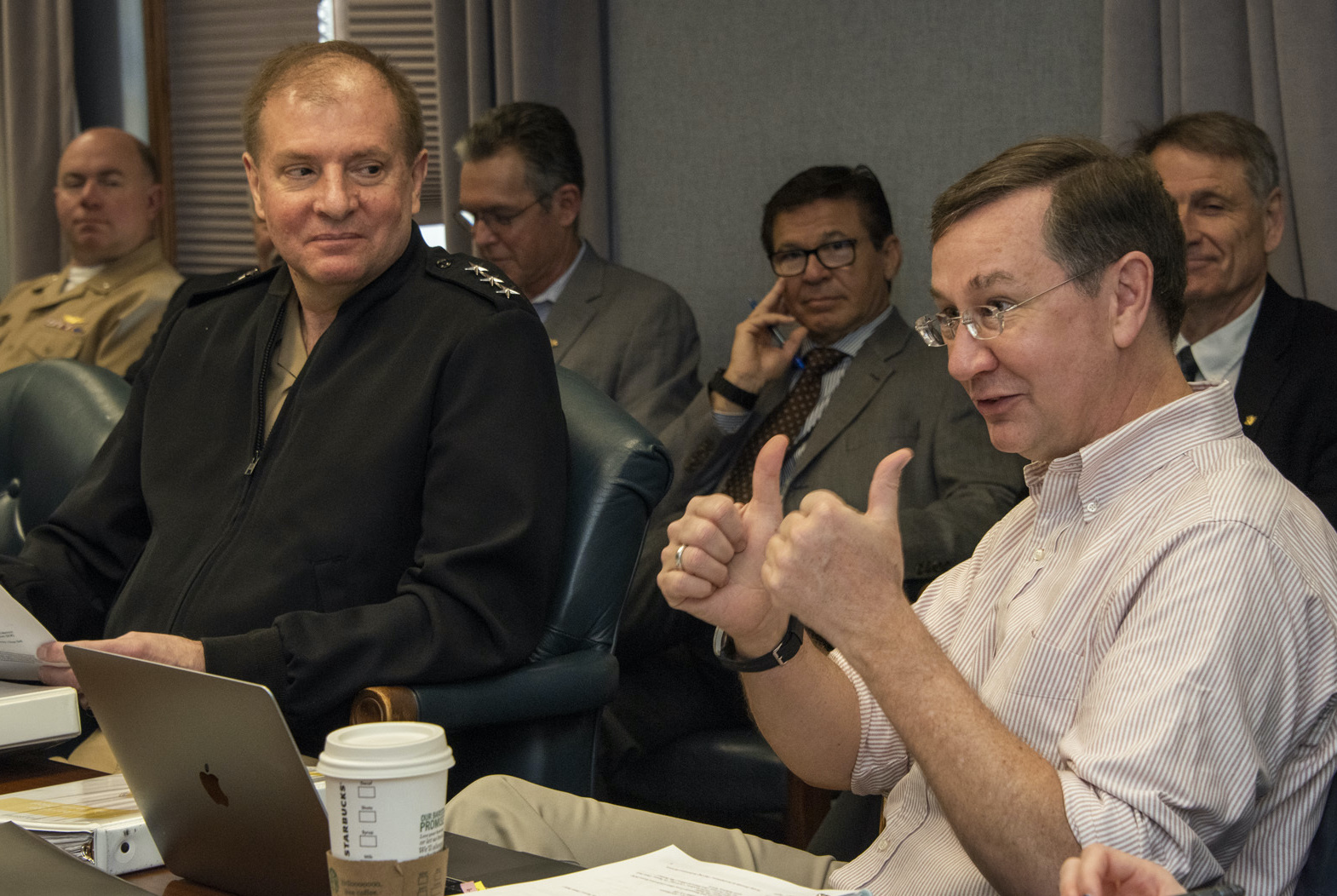
Department of the Navy Chief Learning Officer (CLO) John Kroger, right, and Vice Adm. Stuart Munsch, Deputy Chief of Naval Operations for Warfighting Development (OPNAV N7), engage with Naval Postgraduate School leadership on Feb. 19, 2020. US Navy Photo
In a conference call with reporters shortly after the hearing, Vice Adm. Stuart Munsch, deputy chief of naval operations for warfighting development (OPNAV N7), addressed the lack of public conversation about the strategy.
“To the point, does the Navy have a strategy? I would offer that very much we do so, and I would further offer that we have perhaps the most influential voice going forward in the Pentagon on how that’s shaping up,” he said.
“Now, that’s all classified work, so those that are part of that would not be witting to the extent of that influence or the extent of that development. If somebody were to say that the Navy lacks a strategy, I would say that’s certainly not the case.”
‘Contribute to Lethality’

U.S. Secretary of Defense James N. Mattis meets with Lithuania’s Minister of National Defence Raimundas Karoblis at the Pentagon in Washington, D.C. on Nov. 28, 2018. DoD Photo
In early 2018, the James Mattis-led Department of Defense issued a National Defense Strategy that would push the Pentagon away from the low-intensity ground conflicts of the anti-terrorism wars that defined the start of the century.
“Everything we do must contribute to the lethality of our military. We cannot expect success fighting tomorrow’s conflicts with yesterday’s weapons or equipment,” Mattis said at the time.
The Army and Marine Corps released public summaries of how the services would operate under the new NDS. The Air Force’s Air Superiority 2030 Flight Plan was released in 2016, but service leaders determined the drive of the Air Force to grow to 360 squadrons was in line with the Mattis “lethality” directive. A subsequent 2019 Science and Technology Roadmap for the service outlined how it wanted to develop new capabilities to compete with China and Russia.
“Instead of looking at where potential adversaries are heading, the Air Force scientific and technical enterprise will predict where adversaries cannot easily go and then ensure the Air Force gets there first,” read the summary.
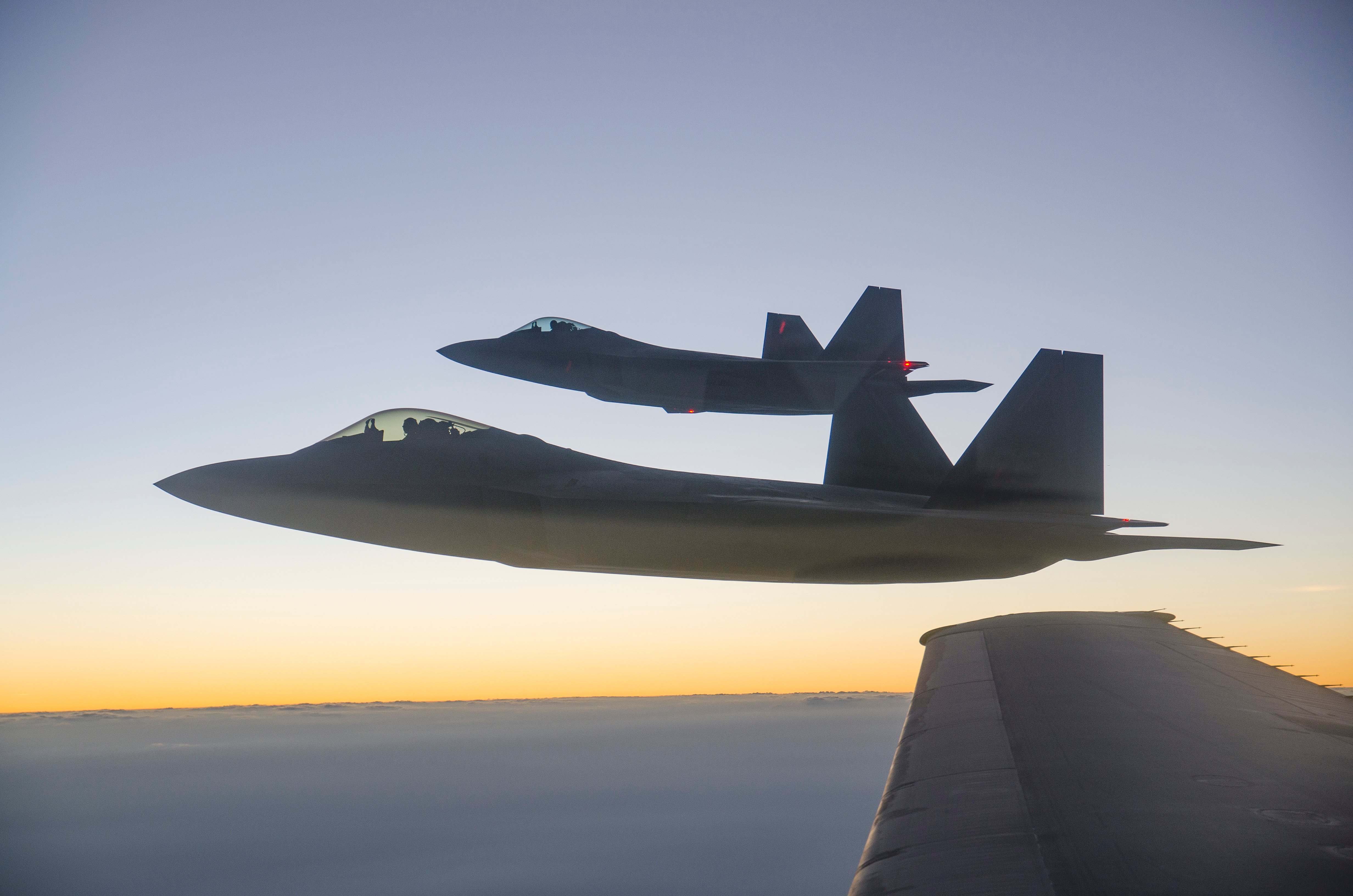
Two F-22 Raptors from the 94th Expeditionary Fighter Squadron, Al Dhafra Air Base, United Arab Emirates, fly in formation after refueling from a 908th Expeditionary Air Refueling Squadron KC-10 Extender over Southwest Asia, Sept. 12, 2018. US Air Force Photo
All of the summaries were crafted to pitch the unique aspects of each service to make a funding case to Congress and the American public.
“The American people and Congress will support this strategy if presented with a sound case of how it improves U.S. security and exercises good stewardship of taxpayer dollars,” reads the Army’s 2018 strategy, signed out by then- Army Chief of Staff Gen. Mark Milley and then-Army Secretary Mark Esper.
The Marine Corps, under Gen. Robert Neller, released a Marine Corps Operating Concept (MOC) as well as two concepts of operations that laid out a maneuver force to conduct 21st-century island-hopping operations. The ideas in these documents are now guiding the service in buying the tools it will need to arm and network small units across distributed areas by the end of the decade.
While the other services made public their strategies to take on China and Russia, the Navy did not. Under the direction of then-Chief of Naval Operations Adm. John Richardson, Navy leaders were instructed to talk less and restrict public conversation about Navy capabilities and technology.
In late 2018, Richardson released a list of service priorities, ranging from acquisition needs to character requirements to personnel and training initiatives. However, unlike the Marine Corps, the Navy never released its own strategy document comparable to the MOC or an unclassified version of its concept of operations, Distributed Maritime Operations.
One of the few indications the Navy had developed any strategy was an image of a coversheet of “The Navy Strategy: The Navy’s Contribution to the National Defense Strategy” on a Navy Fiscal Year 2020 budget slide in early 2019.
USNI News requested an unclassified summary of the document at the time and was told that no additional information would be forthcoming.
In comments with reporters, Munsch said the strategy was focused generally on China.
“China sees the U.S. Navy as an intervention force. They have designed what they consider to be a counter-intervention force, and so our work involved understanding the interaction between those two systems and moving our design in a direction that builds advantage for us,” he said.
“As you might imagine, that’s all classified work.”
Other officials have said the Navy is concerned about the proliferation of guided anti-ship ballistic missiles like the DF-21 and DF-26 designed to take out Navy capital ships. The Navy is also wary of the development of quiet Chinese submarines equipped with capable anti-ship missiles and amphibious capability that could land a force on Japanese holdings in the East China Sea.
The problem is further complicated since service has been largely stalled in the last decade in developing new ships and aircraft.
For example, the Navy’s next-generation cruiser program was canceled in 2009 and instead the Navy restarted the Arleigh Burke guided-missile destroyer line and developed a new radar for the Flight III version of the warship. Plans to develop a follow-on large surface combatant have stopped and started several times inside the service. Likewise, the Navy’s pursuit of a follow-on strike fighter to replace the F/A-18E/F Super Hornet fleet has been in the works for more than a decade. The service signaled an end to Super Hornet procurement in this year’s budget to instead devote resources to a next-generation fighter aircraft.
“Keeping our intentions for warfighting classified is something you would want as an American citizen,” Munsch said in response to a reporter’s question.
“I’m very conscious that I’m an authoritative source and the Chinese will key on what I say and likewise any kind of public-facing document that we put out as well.”
Later, Munsch said the service was working with the Marines and Coast Guard to release a new tri-service maritime strategy to the public later this year to update the 2015 document, A Cooperative Strategy for 21st Century Seapower.
The existence of the new strategy was revealed earlier this year by Chief of Naval Operations Adm. Mike Gilday at the WEST 2020 conference in San Diego.
“Our staffs are working together on a Tri-Service Maritime Strategy that should be presented to us by the summer. So we are trying to bring things together from a top-down perspective in a more integrated way,” he said.
In a subsequent statement, Munsch said, “the heads of the Navy, Marine Corps, and Coast Guard, the services are actively developing a Tri-Service Maritime Strategy (TSMS), informed by and consistent with our National Defense Strategy… As an unclassified document, the TSMS will facilitate discussion of the vision it represents with a wide range of stakeholders.”
The Message to the Public
The last time the Department of the Navy drafted a strategy to combat a peer adversary, communicating the concept to the broader public was an intentional follow-on for the sea services.
In early 1986, Secretary of the Navy John Lehman, CNO Adm. James Watkins and Marine Commandant Gen. P.X. Kelley laid out their public justification for the Reagan-era buildup of the U.S. fleet to 600-ships to counter the growing Soviet Navy.
“To understand how we arrived at the size of our planned fleet of ships, we must begin by discarding the idea that this number has sprung, full blown, from the brow of some would-be Napoleon of the high seas,” Lehman wrote in a supplemental edition of U.S. Naval Institute’s Proceedings.
In his case, he addressed their strategy was key to understanding the choices Congress and taxpayers needed to make to fund the Navy.
“Strategy is not a formula for fighting each ship and deploying each tank in the battles that may take place around the world. That is not the function of the military establishment inside the Washington Beltway… strategy’s role is to give coherence and direction to the process of allocating money among competing types of ships and aircraft and different accounts for spare parts, missile systems, defense planning, and the training of forces. It provides guidelines to aid us in allocating both resources and shortages.”
The public argument led to a rapid expansion of the Navy’s fleet, the construction of the Ohio-class nuclear ballistic missile submarine program and a 45-percent increase to the Navy’s shipbuilding budget.
It also provided a clear and unified message to allies – in particular NATO at the time – that the U.S. was supportive of allies’ security. That is a key tenant of great power competition, Joshua Tallis, a research scientist with CNA who recently published a paper on great power competition, told USNI News on Wednesday.
“In some important ways, great power competition is a competition over friends,” Tallis said.
“If GPC is a contest for friends, there isn’t one theory of victory but two theories of victory that the Navy has to consider. One is positional, and the other is political. In both theories of victory, the Navy has to tell a compelling story to its allies and partners about why they should continue to choose the U.S. as a partner of choice.”
Tallis described the Navy’s current public signals to its allies as “ad hoc” without a larger sustained message.
“The Navy hasn’t framed narrative as a battlespace in and of itself. It doesn’t always tie its activities back into an underlying story about what it’s doing and why it’s operating somewhere,” he said.
“There needs to be this fundamentally continuing reinforcing story about why the Navy is operating in certain regions, why it is critical that the Navy is relying on its allies and partners.”
China and Russia, on the other hand, have been effective in using public narrative to their advantage.
“Russia has a very effective understanding about the value and power of narrative, relative to real-world operations,” Tallis said.
For example, the Navy’s messaging around the 2018 NATO Trident Juncture exercise, which brought a carrier strike group to the Arctic for the first time since the 1980s, was hijacked by the Russians, who declared a live-fire exercise zone adjacent to the exercise.
“That was just an administrative issue. That’s just the Russian government filing some paperwork,” he said.
“[But] the amount of coverage that it garnered and the type of presentation that it offered of the Russian Navy in this adversarial posture to the largest NATO exercise since the end of the Cold War was radically out of proportion to anything that actually happened on the part of the Russian Navy.”
China too has characterized U.S. Navy operations in the Western Pacific as destructive and used state broadcasters and other venues to criticize the U.S.
“It catches the U.S. and the U.S. Navy in a place where it is frustrated by our adversary’s ability to think about public messaging and public narrative as a contested arena,” he said.
“Once a story is out there, you can throw as many fact-checking headlines at you want at it, you’ve kind of already lost momentum in this space.”
Next Steps, Next Year

USS Stout (DDG-55) travels alongside the amphibious assault ship USS Bataan (LHD-5) during a transit through the Strait of Hormuz on May 31, 2020. US Marine Corps Photo
It’s probably too late for any fleet plan from the Navy or the Pentagon to change Navy’s Fiscal Year 2021 budget, legislative sources have told USNI News. The focus for the work on the future fleet will be making a case in the Fiscal Year 2022 budget submission.
Currently, the ongoing Pentagon review has the Navy, the Cost Assessment and Program Evaluation (CAPE) office and an outside think tank evaluating the future fleet composition.
“I want to make sure we have a future naval force that can meet the needs of deterring China, and again, failing that, fighting and winning. I think 355 ships is too few. I actually think we need a bigger Navy than that. I think its composition will look more different,” Secretary of Defense Mark Esper told radio host Hugh Hewitt in an interview in late May.
Later in the interview, Esper downplayed the importance of releasing the 30-year shipbuilding plan to Congress.
“The shipbuilding plan is a 30-year plan. It’s beyond five years,” he said.
“It’s of uncertain value, but what I do hope to portray is the objective force that we need by 2045 to deal with the Chinese.”
"strategy" - Google News
June 19, 2020 at 03:24AM
https://ift.tt/3dgP6zz
Lack of Future Fleet Plans, Public Strategy Hurting Navy's Bottom Line in Upcoming Defense Bills - USNI News
"strategy" - Google News
https://ift.tt/2Ys7QbK
https://ift.tt/2zRd1Yo
Bagikan Berita Ini
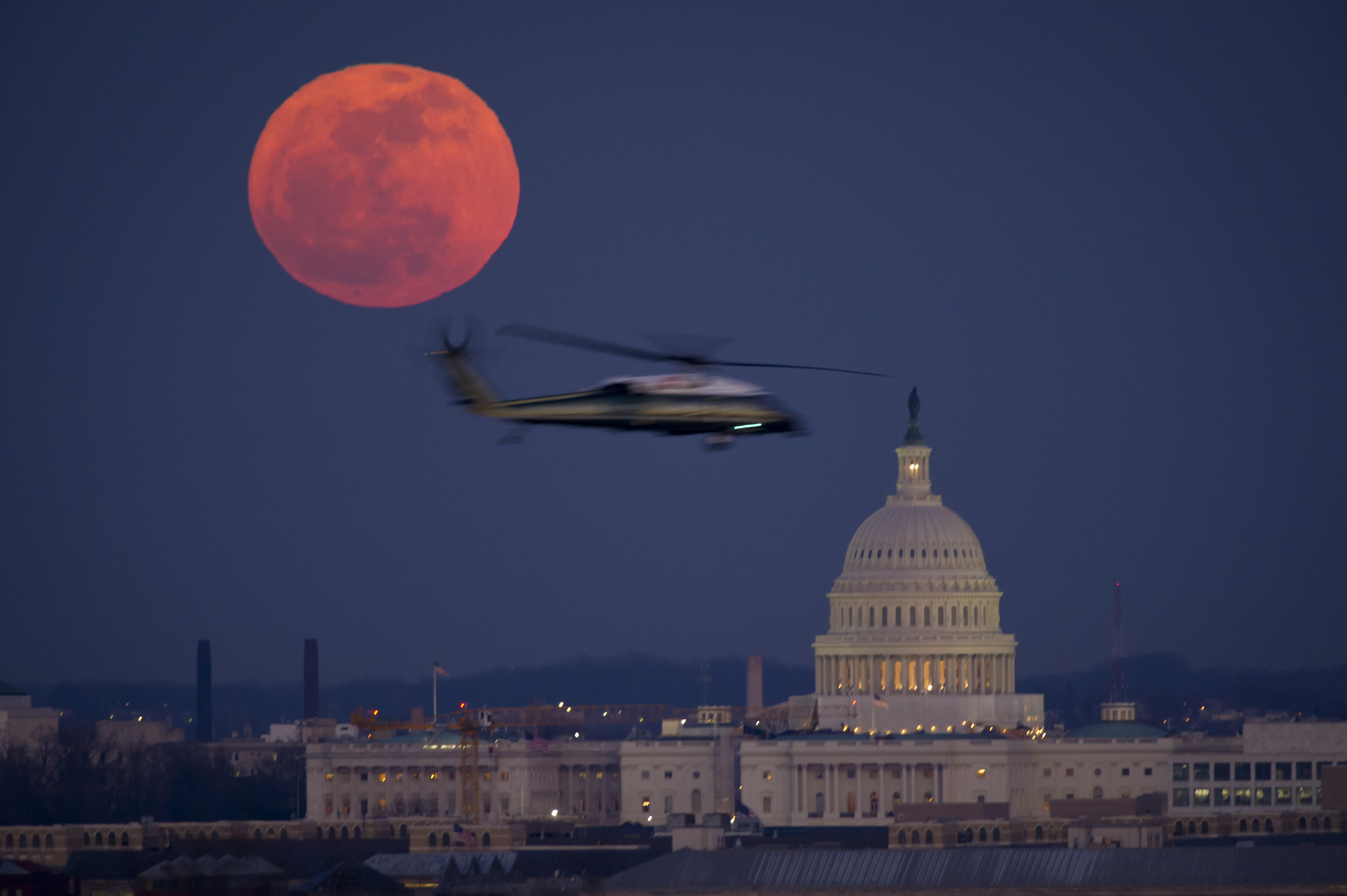
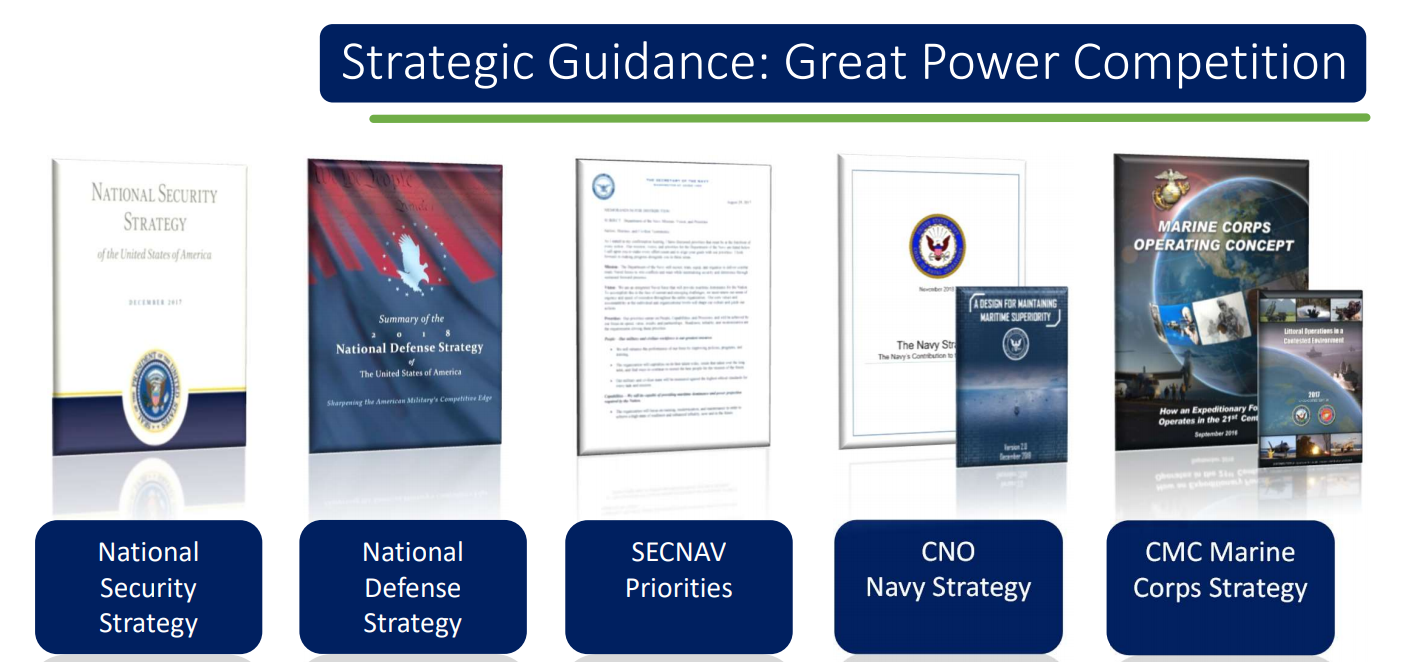
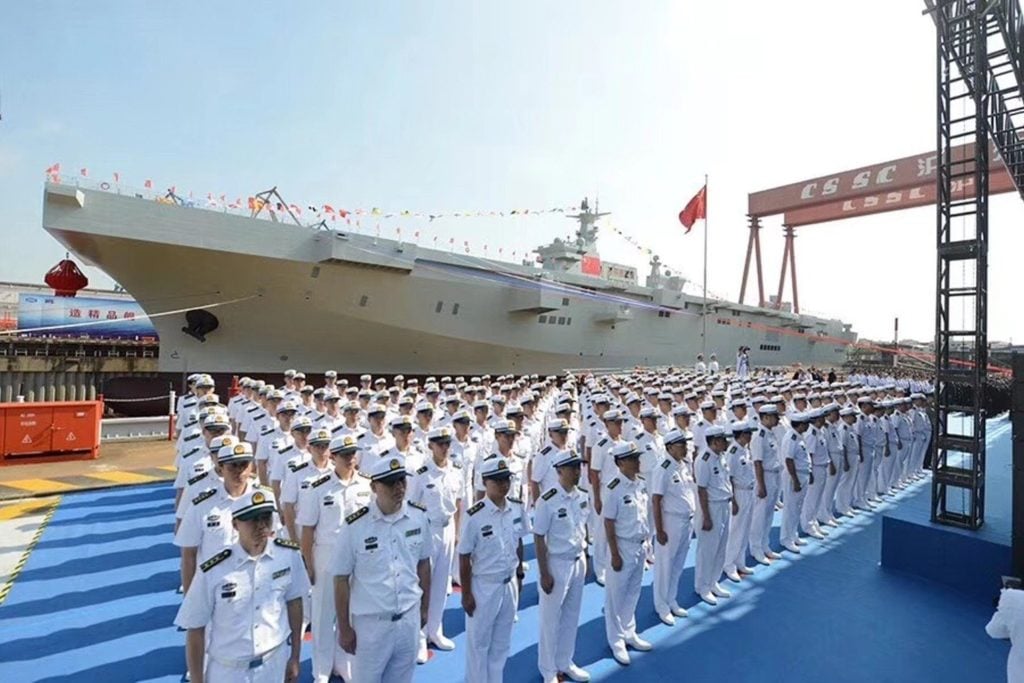
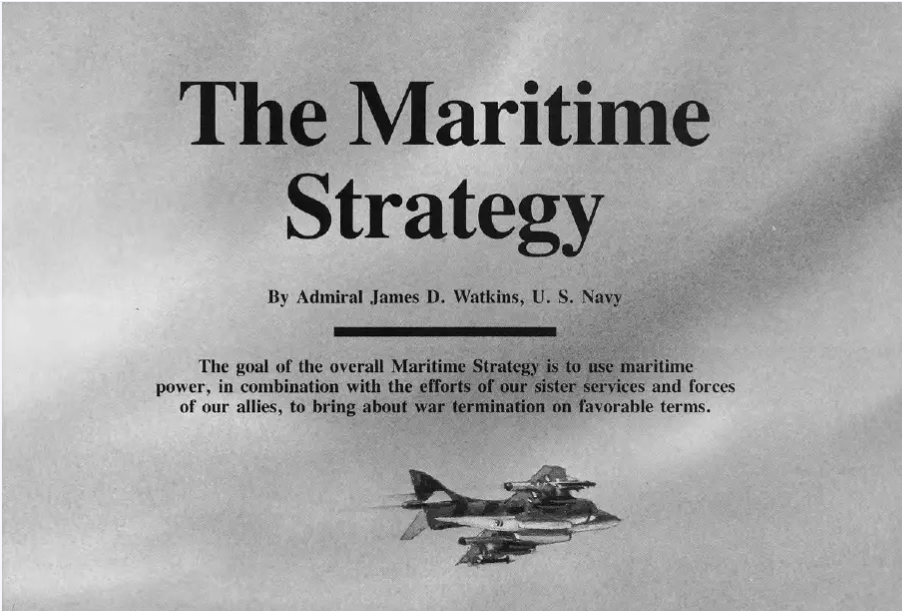

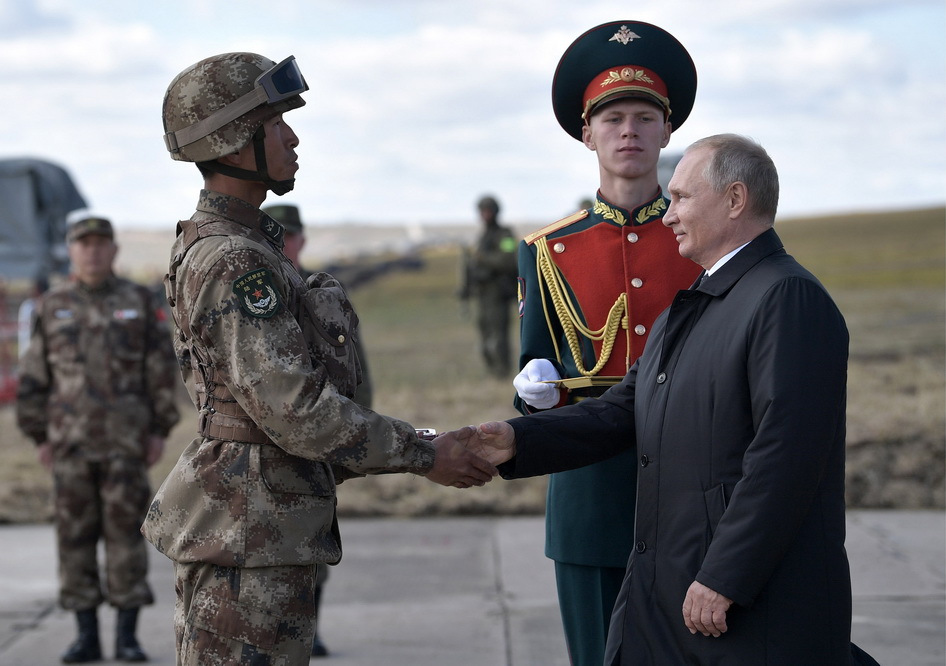














0 Response to "Lack of Future Fleet Plans, Public Strategy Hurting Navy's Bottom Line in Upcoming Defense Bills - USNI News"
Post a Comment